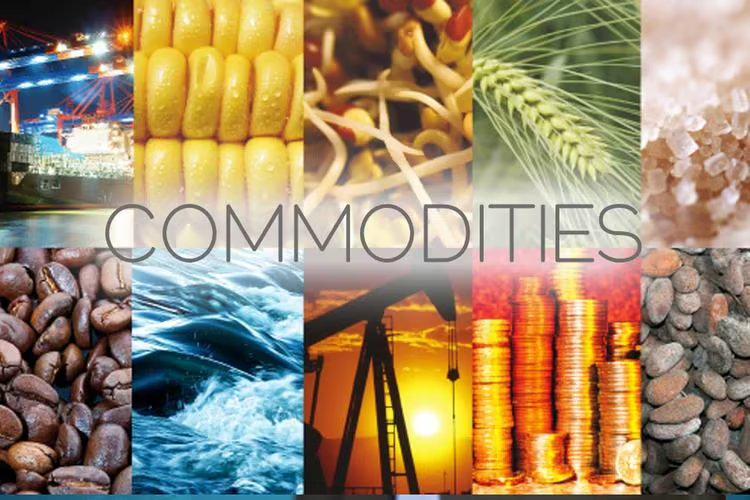Commodities Supercycle: What to Buy Beyond Gold?
Commodities are back in the spotlight. With inflation fears rising and stagflation risks looming, investors are asking—beyond gold, which assets could deliver the strongest returns?Gold has surged rec
 Commodities are back in the spotlight. With inflation fears rising and stagflation risks looming, investors are asking—beyond gold, which assets could deliver the strongest returns?
Commodities are back in the spotlight. With inflation fears rising and stagflation risks looming, investors are asking—beyond gold, which assets could deliver the strongest returns?
Gold has surged recently, with RSI and other indicators entering overbought territory. U.S. ADP employment data fell short of expectations, tariff costs are gradually being passed on to consumers, inflationary pressures are rising, and stagflation risks are increasing. Beyond gold, which assets can perform well under stagflation?
The traditional 60/40 stock-bond portfolio tends to perform poorly in stagflation scenarios:
Stagflation driven by a loss of central bank credibility, as in the 1970s, when markets lost faith in the Fed’s ability to control inflation, leading to runaway prices. Gold, as a store of value, performed exceptionally well.
Stagflation caused by supply chain shocks, as seen in 2022 when the Russia-Ukraine war triggered a surge in global energy prices and slowed economic growth. In this case, commodities—led by gold—were among the few assets to deliver positive returns.
Since 2022, commodities have increasingly become strategic tools in global geopolitics. Export restrictions and other measures have exacerbated supply chain disruptions, price volatility, and inflation risks.
Commodities have thus become a core hedge against both inflation and geopolitical shocks, underscoring their importance in investment portfolios.
Global commodity supply is highly concentrated. By 2030, the U.S. may supply more than one-third of the world’s LNG, while China dominates processing of key minerals, controlling over 90% of rare earth refining capacity—vital for AI, defense, and other strategic industries.
Which commodities are worth investing in?
Not all commodities are effective hedges for portfolios. Suitable ones should meet two criteria: High weight in the inflation basket
For example, energy scores highly on inflation weighting—when oil prices rise, inflation inevitably follows.
Industrial metals and rare earths have a lower weight in the basket but their supply is highly concentrated, meaning even limited disruptions can trigger outsized market impacts. China’s restrictions on rare earth exports illustrate this dynamic.
In addition, commodities with strong potential demand growth should also be included.
A prime example is copper. Both the U.S. and China are advancing AI data centers and power infrastructure investments, which will significantly boost electricity grid spending and copper demand.
By 2030, around 60% of global copper demand growth is expected to come from grid and power infrastructure construction.
Disclaimer: The views in this article are from the original Creator and do not represent the views or position of Hawk Insight. The content of the article is for reference, communication and learning only, and does not constitute investment advice. If it involves copyright issues, please contact us for deletion.